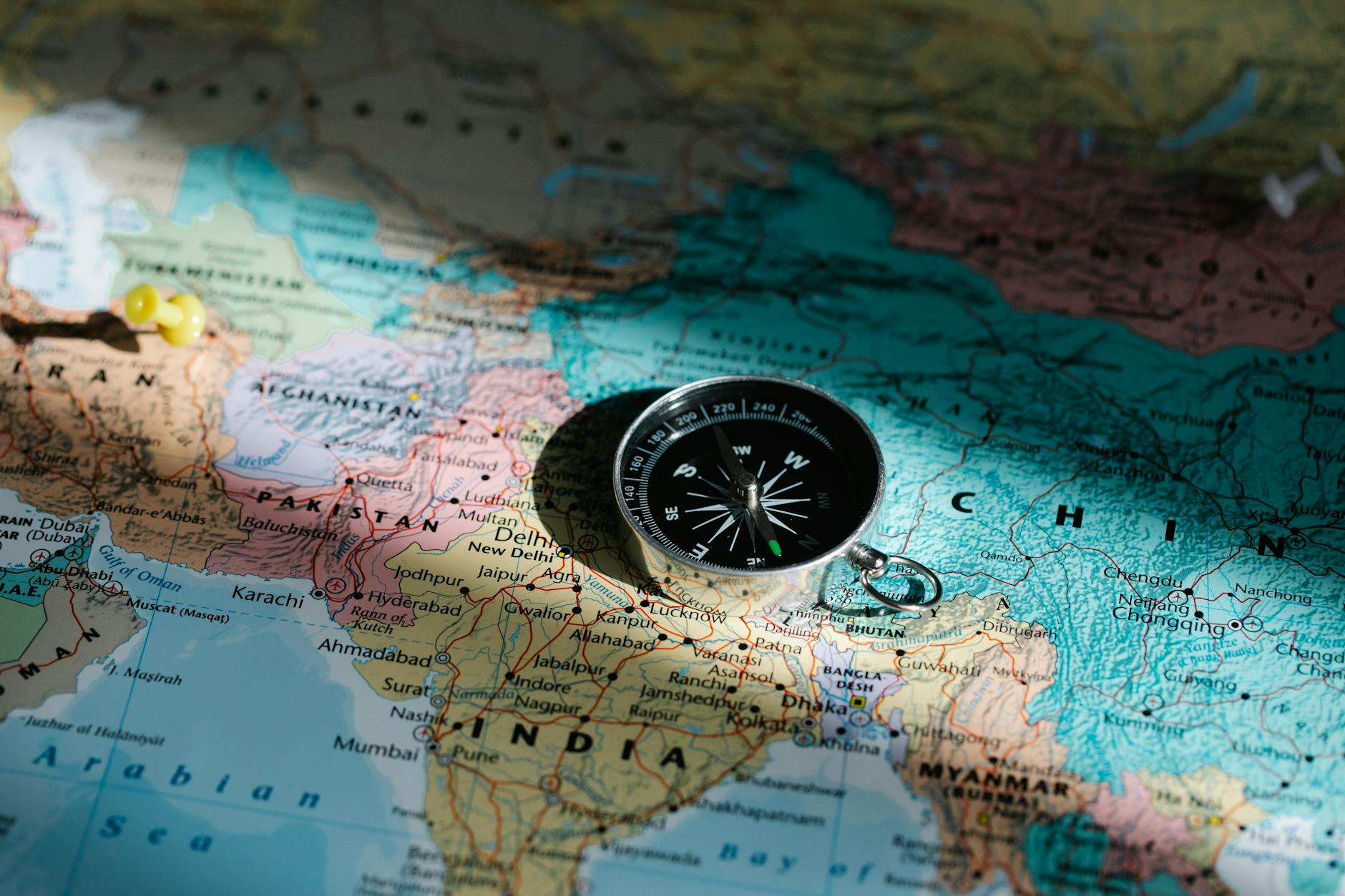China’s Brahmaputra Threat vs. India’s Indus Leverage on Pakistan
Let’s talk about rivers—because in South Asia, they’re not just water. They’re power. And right now, two rivers are at the heart of some serious geopolitical drama: the Brahmaputra and the Indus. China controls the Brahmaputra upstream, while India holds the cards on the Indus before it flows into Pakistan. But here’s the thing—China’s threats over the Brahmaputra? They’re not as scary as they sound. India’s control over the Indus, though? That’s a whole different story.
1. The Brahmaputra vs. Indus: What’s the Big Deal?
1.1 The Brahmaputra: China’s Not-So-Secret Weapon
The Brahmaputra starts in Tibet, but it’s India where it really fills up—thanks to monsoon rains and snowmelt in Arunachal and Assam. China’s been building dams like crazy (looking at you, Zangmu Dam), and yeah, that’s got India worried. But here’s the catch: China can’t just “turn off” the river. Why? Because most of its water comes from India’s side. Even if China tries to mess with the flow, nature’s got India’s back.
1.2 The Indus: India’s Trump Card Against Pakistan
Now, the Indus is where things get interesting. Thanks to a 1960 treaty (brokered by the World Bank), India controls the eastern rivers, while Pakistan gets the western ones. But guess what? India’s upstream. And after the 2019 Pulwama attack, India didn’t just threaten Pakistan—it threatened to cut off water. And trust me, Pakistan’s economy can’t handle that.
2. Why China’s Brahmaputra Threat is Mostly Hot Air
2.1 Geography’s on India’s Side
China can build all the dams it wants, but here’s the reality: over 70% of the Brahmaputra’s water comes from Indian territory. Monsoons keep the river flowing, and India’s building its own dams too—like that massive hydropower project in Arunachal. So yeah, China’s leverage? Not as strong as it seems.
2.2 China’s Got Too Much to Lose
Think about it—China and India trade over $100 billion a year. If China starts playing dirty with water, India could hit back where it hurts: the economy. Plus, Bangladesh—another downstream country—would likely side with India. Not a great look for China.
2.3 India’s Playing Smart
India’s not just sitting around. It’s building reservoirs to store monsoon water and teaming up with Bangladesh on water projects. Basically, it’s making sure China can’t call the shots.
3. India’s Indus Leverage: A Real Game-Changer
3.1 The Treaty Loophole India’s Exploiting
The Indus Waters Treaty lets India build hydropower projects on Pakistan’s rivers—as long as they don’t store water. And India’s going all in. Take the Ratle Dam in Jammu & Kashmir—once it’s done, India will have way more control over the Chenab’s flow. Clever, right?
3.2 Pakistan’s Water Crisis
Pakistan’s economy runs on agriculture, which depends entirely on the Indus. No backup plans here. If India reduces the flow by even 20%, Pakistan’s Punjab and Sindh regions—its breadbasket—would be in deep trouble.
3.3 India’s Not Afraid to Flex
After Pulwama, India’s Water Resources Minister straight-up tweeted about stopping water to Pakistan. Sure, actually blocking the Indus would break the treaty—but the threat alone was enough to freak Islamabad out. That’s power.
4. What This Means for South Asia
4.1 China-India: All Bark, No Bite
Water’s just another headache in their already rocky relationship. But with India’s alliances and natural advantages, the Brahmaputra isn’t the weapon China wants it to be.
4.2 India-Pakistan: A One-Sided Game
Pakistan’s stuck. It can’t find other water sources, and India knows it. That’s why every move India makes on the Indus sends shockwaves through Pakistan.
5. The Bottom Line
China’s Brahmaputra threats? Mostly bluff. India’s control over the Indus? Deadly serious. As water gets scarcer, these rivers will keep shaping South Asia’s future—and if countries don’t figure out how to share, things could get ugly.
Source: Navbharat Times – Default










